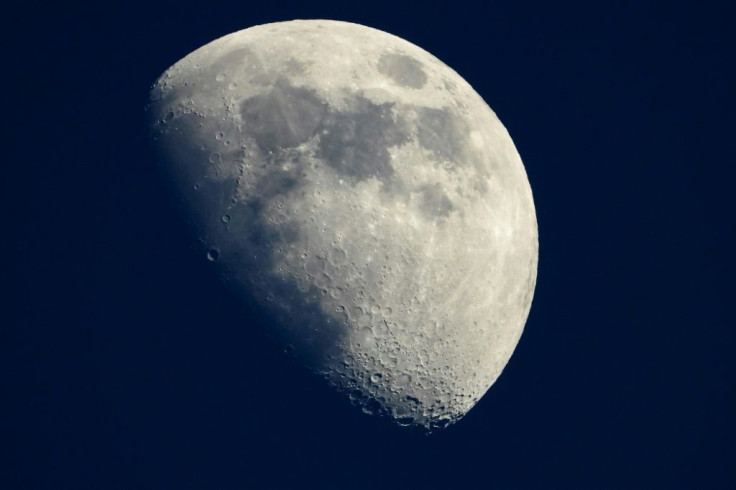Scientists Discover A New Tiny Moon Orbiting The Earth

Astronomers have discovered a new cosmic-mass in Earth's orbit, and they have dubbed it as- "a visiting mini-moon." The measurement of this new mini-moon is anywhere between 6 to 11 feet, and it is believed that it entered our orbit around three years ago.
The new moon was spotted by the astronomers in Tucson, Arizona, on Feb.15. and termed as 2020 CD3, NBC News reported. The same news was confirmed via a tweet Tuesday by Kacper Wierzchos, a researcher with the Catalina Sky Survey at the University of Arizona's Lunar and Planetary Lab.
"BIG NEWS. Earth has a new temporarily captured object/Possible mini-moon called 2020 CD3. On the night of Feb. 15, my Catalina Sky Survey teammate Teddy Pruyne and I found a 20th magnitude object," he tweeted.
BIG NEWS (thread 1/3). Earth has a new temporarily captured object/Possible mini-moon called 2020 CD3. On the night of Feb. 15, my Catalina Sky Survey teammate Teddy Pruyne and I found a 20th magnitude object. Here are the discovery images. pic.twitter.com/zLkXyGAkZl
— Kacper Wierzchoś (@WierzchosKacper) February 26, 2020
He further explained the reason, as to why, this finding was such a big deal saying, it was ''just the second asteroid known to orbit Earth” (after 2006 RH120, which was also discovered by the Catalina Sky Survey).
On Tuesday, the International Astronomical Union's Minor Planet Center officially cataloged the cosmic interloper. The International Astronomical Union's Minor Planet Center was founded in 1947, and it collects observational data on asteroids, comets and natural satellites in the solar system. The IAU Center's official observations indicated that “this object is temporarily bound to Earth. No evidence of perturbations due to solar radiation pressure is seen, and no link to a known artificial object has been found. Further observations and dynamical studies are strongly encouraged."
2006 RH120 was the last asteroid to become a part of Earth's orbit. The asteroid had stayed in Earth's orbit from June 2006 to September 2007, after which it left the orbit. The asteroid orbits the Sun and passes Earth once every few decades.
The astronomers are continuing to observe the new visiting moon, so more information could be shared by them about the 2020 CD3 in the coming few months.
© Copyright IBTimes 2025. All rights reserved.





















